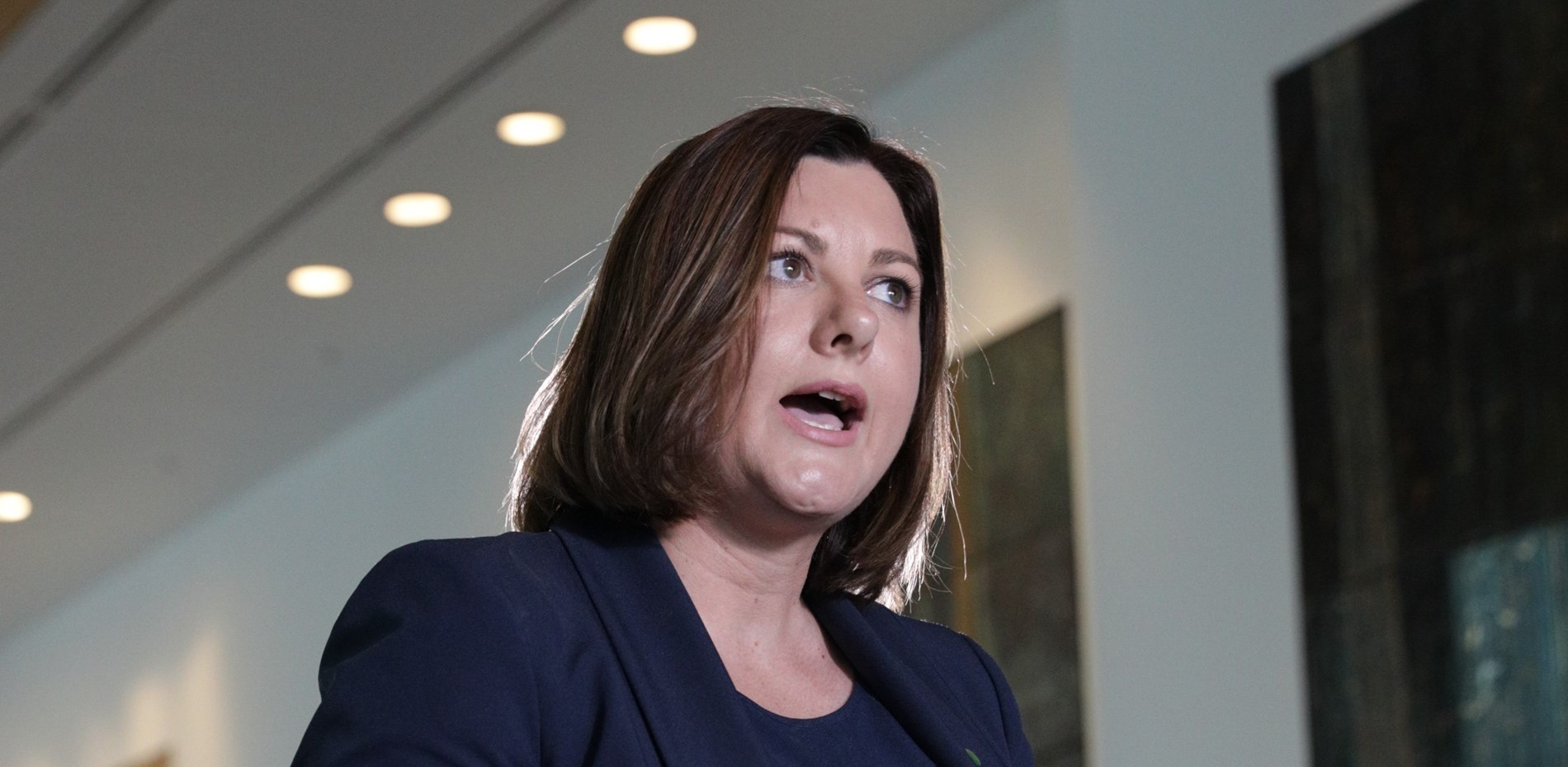I thank the member for Mayo for raising this motion. There is no doubt that reliable telecommunications are essential in a modern world. Every Australian, irrespective of where they live or work, should have access to quality, reliable and affordable voice and data services. Unfortunately, there is an ongoing inequality in the access to telecommunications experienced by Australians living in regional, rural and remote areas, compared to our urban counterparts. Wherever I go in my electorate, better mobile phone and internet connectivity is high on the list of priorities. I know that, everyone knows that, and the Morrison government knew that during the Eden-Monaro by-election when it made the Strengthening Telecommunications Against Natural Disasters funding commitment. The communities of Eden-Monaro found themselves cut off from the world during the darkest days of our Black Summer bushfires. That sense of isolation is now a deep part of our communities' trauma. I recently conducted an online survey to encourage Eden-Monaro residents to get in touch and tell me their experiences with telecommunications. I wish I could say that I was surprised by the results. But, as my office started mapping the hundreds of responses we received, we were left wondering if it would be easier to map out the areas where we could get constant reception.
When families were plunged into learning from home earlier this year, the issues with connectivity were further exacerbated. Some families were only able to access the internet for an hour or two a day, which is simply not good enough. Individuals and families who have been struggling with connectivity for far too long have spent huge amounts of money installing mobile boosters in the hope that that would improve their telecommunications access. Unfortunately, for many this was money wasted. When people in the cities think about mobile black spots, they expect them to be in rural areas hours away from the closest town. But in Eden-Monaro black spots can be found in the middle of town, or within five minutes of the town centre. Just last week I was driving from Queanbeyan to Bungendore, and less than five minutes out of Queanbeyan, where I could still see the main street in my rear-view mirror, I was completely out of reception. Carwoola, Talbingo, Numeralla, Dalmeny and Mystery Bay are just some of the areas where I've recently held telecommunications meetings because the situation is so dire, and the story is always the same. People have no mobile phone reception or internet connectivity at their homes, and they've spent hours trying to find a solution to no avail.
Richard, who lives in the Yass Valley, responded to my survey and explained that he's only 30 minutes away from where we are right now—30 minutes away from Parliament House—and mobile reception is best described as 'patchy'. Last year Richard had a neighbour who nearly died from a heart attack because his wife had difficulty calling triple 0. She had to get her husband into a car and drive him part of the way to Canberra just so she could call an ambulance. Countless people responded to my survey to recount their experiences during the Black Summer bushfires and their expectation that the government would address connectivity issues as part of the bushfire recovery efforts. This is what the government promised. Annette from Nerriga told me that her property was impacted by fires, and they had no landline or mobile service for over three months. Debbie from Peak View said she had no mobile service whatsoever at her home, and this made the Black Summer bushfires all the more difficult. They were surrounded by fires for six weeks with no landline and no mobile service. They were cut off from their community and they were cut off from vital information. We're almost two years on from these fires, and these communities still face an unknown situation, because connectivity hasn't improved.
Mark lives near the Victorian border and explained that huge stretches of the Monaro Highway are complete black spots. He regularly comes across people pulled over on the side of the road because they have broken down or hit a kangaroo, and they are stuck without any way to call for help. This is a main highway and travel route between New South Wales and Victoria, and people are regularly left stranded due to a lack of mobile phone reception. This government is moving more and more services online. Unfortunately, this just increases the divide between people living in the city and those in regional areas. Every day Services Australia are forcing more and more people to apply for and manage their payments online. This year, with more COVID lockdowns and thousands of people unable to work, government support was a lifeline for millions. But accessing the support was also a nightmare for many in my communities, with local service centres and libraries closed and people unable to go to family members' or friends' houses to access the internet. People were left feeling that the government's support was only available for those in the cities, not for those in regional areas. Alan from Wamboin told me that all the houses in his street have no mobile phone reception. At the peak of the pandemic, he was unable to access myGov from his house. This government needs to do better for regional communities, and reliable telecommunications is the bare minimum they deserve.



